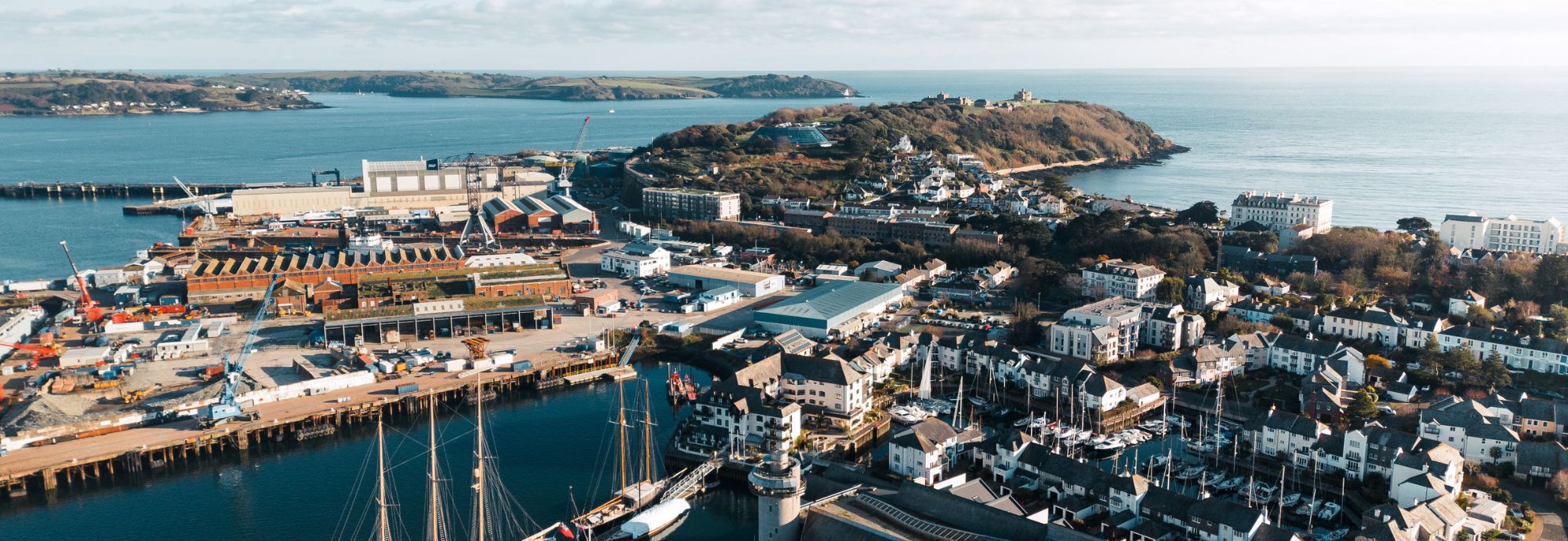

By Lynne Vosper
The following monuments, memorials and plaques around Falmouth’s historic harbour relate to the history of the town and can be viewed on a single walk. This is part two of a two-part series – you can read the first instalment here.
Continuing from The King’s Pipe at Custom House Quay.
7. 1102 Marine Craft Unit Memorial, entrance to dinghy hard, Grove Place.
8. HMS Forte IV commemorative plaque, Discovery Quay.
9. Russian Convoy Memorial, Discovery Quay.
10. Killigrew Monument, Grove Place.
11. Memorial to WWII Merchant Navy seamen, Mission to Seafarers’ Garden, Falmouth Docks.
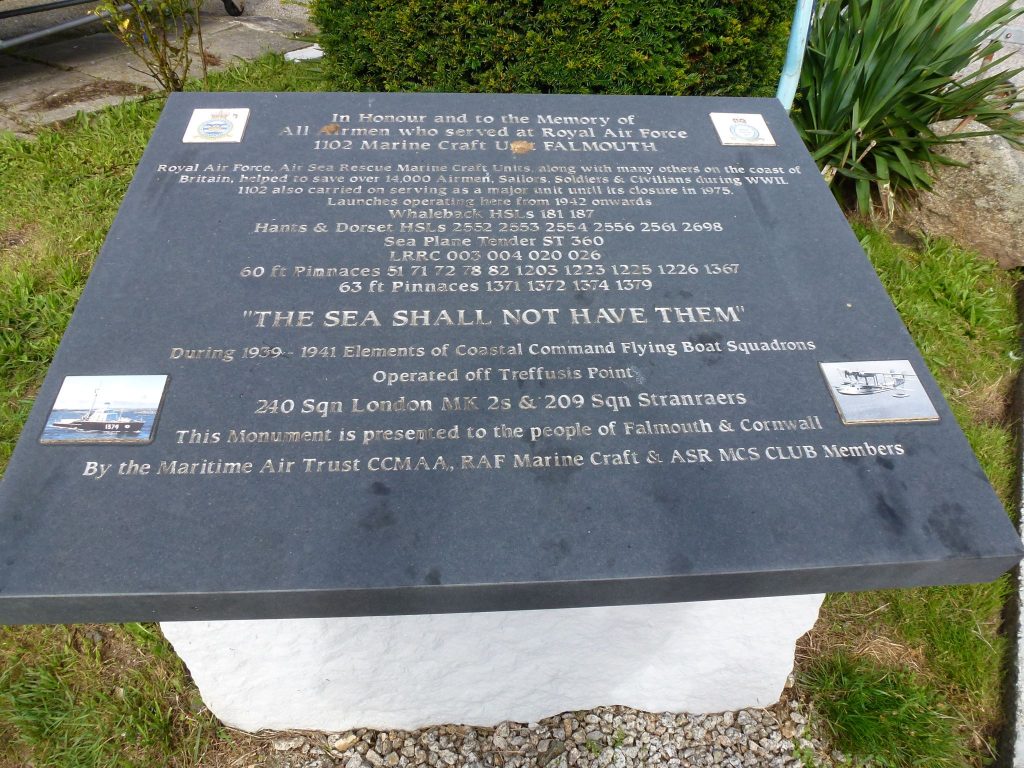
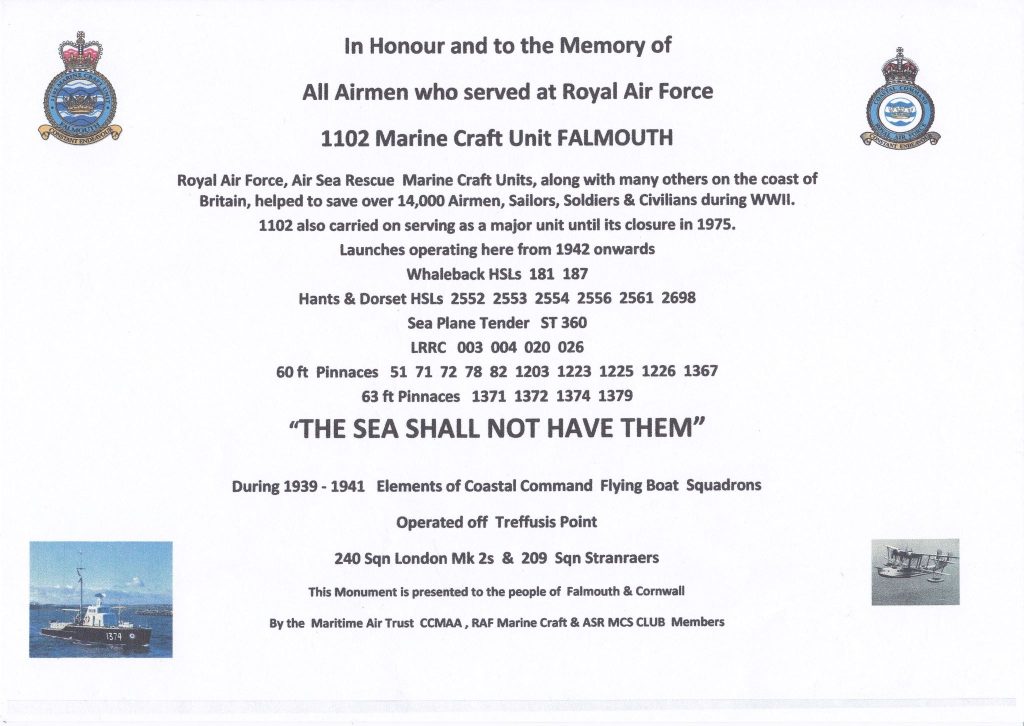
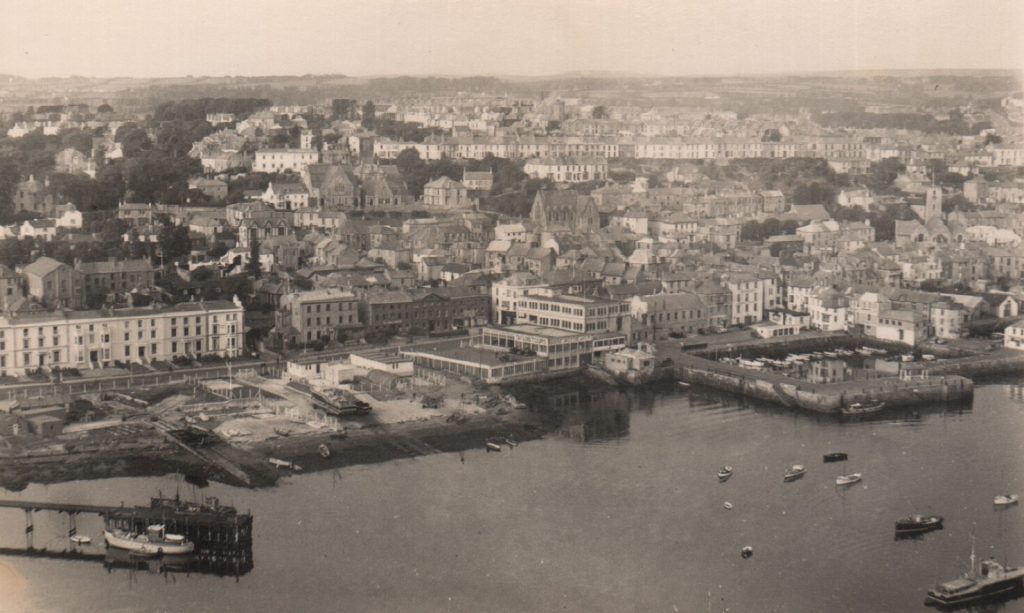
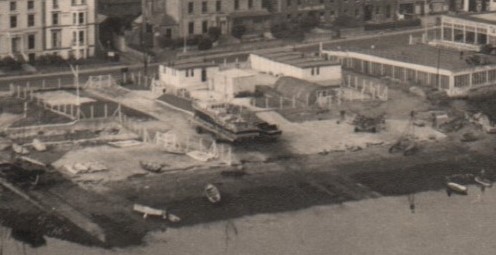
1102 Marine Craft unit Falmouth operated from 1942 until its closure in 1975.
The monument in honour of the RAF 1102 Marine Craft Unit was unveiled on 6 September 2015 at the Falmouth Water Sports Centre, now the Windjammer, by the RAF Association National President Air Marshall Sir Dusty Miller, the Town Mayor John Body, and blessed by Revd. Wing Commander Andrew Turner.
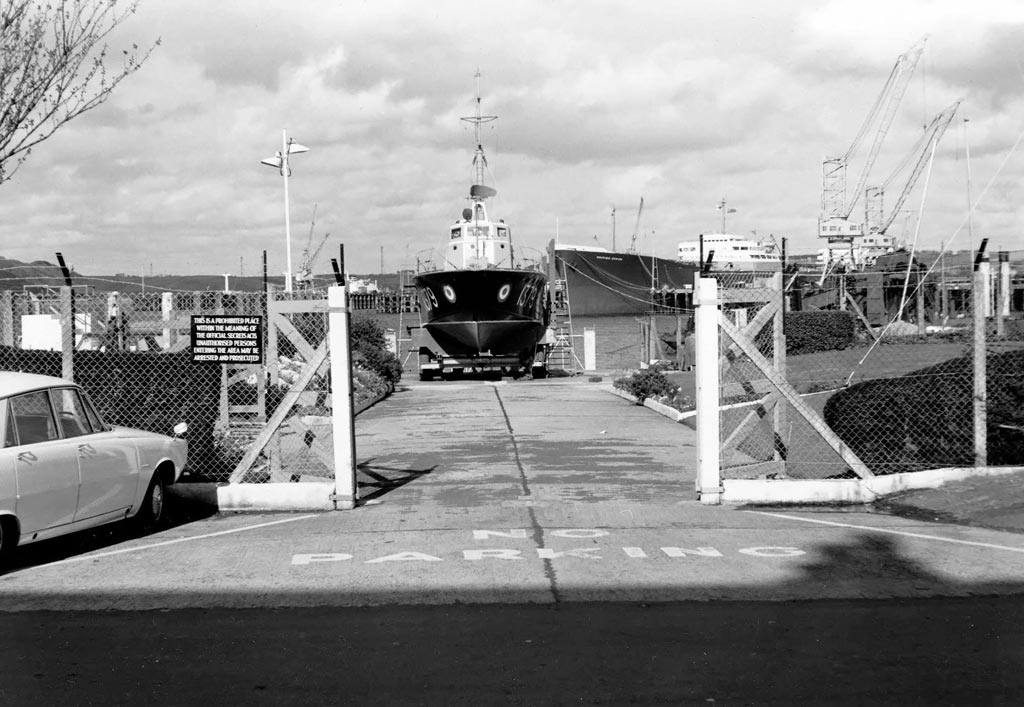
The 63ft Pinnace was the workhorse of the post war RAF Marine Craft fleet, widely used at UK and overseas bases, for lifting and laying of marine and aircraft moorings, the recovery of torpedos, sonar buoys and other practice weapons dropped on exercise, towing and cargo carrying duties, and assisting with aircrew sea survival exercises and helicopter rescue crew training (RAF Museum).
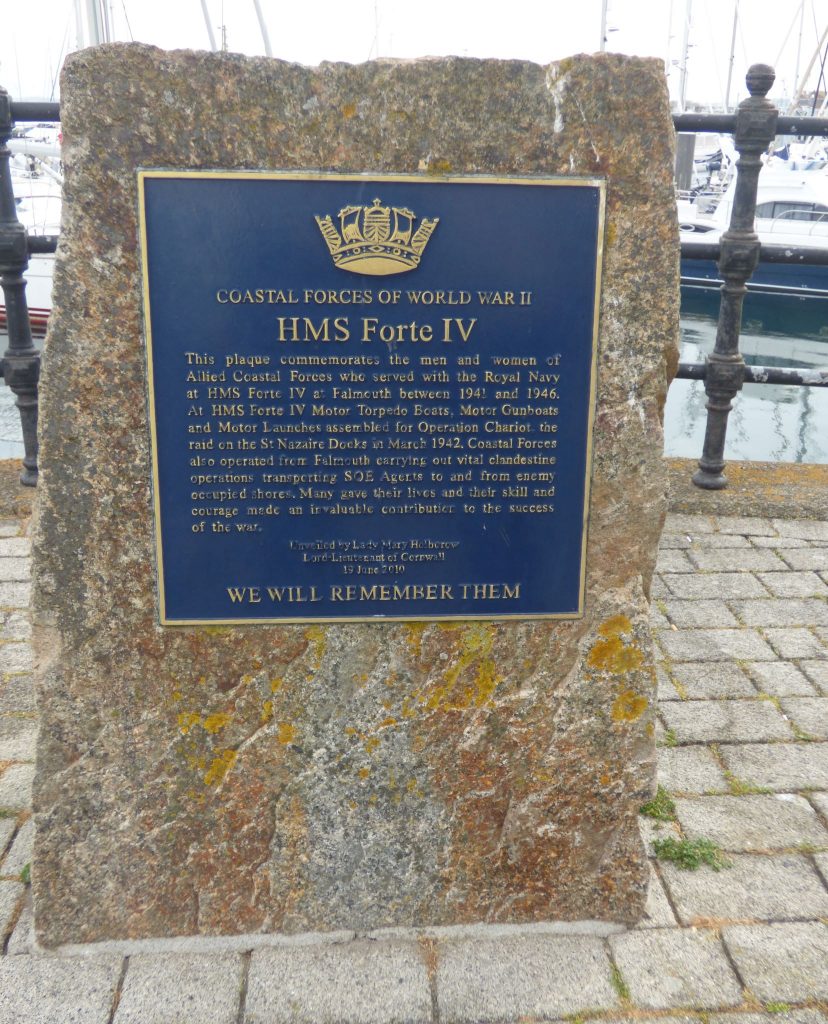
HMS Forte IV Memorial on Discovery Quay ©LM Vosper
The unveiling and blessing of the plaque commemorating HMS Forte IV and Royal Naval Coastal Forces based at Falmouth during World War II took place on Saturday 19 June 2010 at Discovery Quay, Events Square, Falmouth. The plaque was unveiled by Lady Mary Holborow, Lord Lieutenant of Cornwall.
The inscription reads:
Coastal Forces of World War II
HMS Forte IV
This plaque commemorates the men and women of Allied Coastal Forces who served with the Royal Navy at HMS Forte IV at Falmouth between 1941 and 1946. At HMS Forte IV Motor Torpedo Boats, Motor Gunboats and Motor Launches assembled for Operation Chariot, the raid on St Nazaire Docks in March 1942. Coastal Forces also operated from Falmouth carrying out vital clandestine operations transporting SOE Agents to and from enemy occupied shores. Many gave their lives, and their skill and courage made an invaluable contribution to the success of the war.
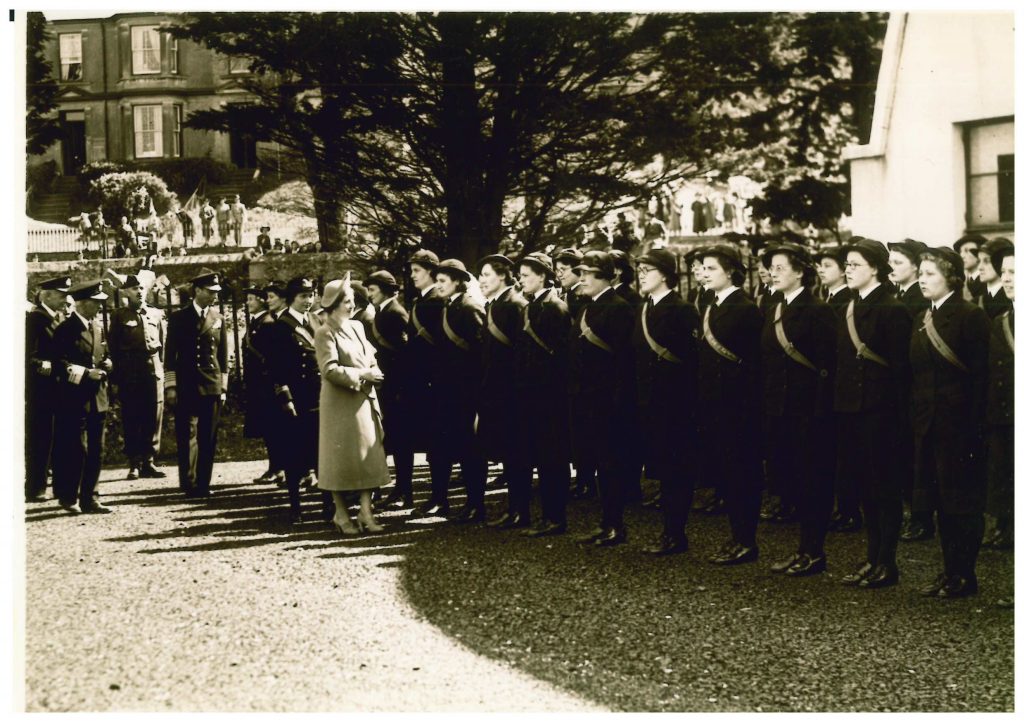
Inspection of WRNS at Falmouth Forte IV ©NMMC
This photograph is associated with HMS Forte IV and Vice Admiral Sir Henry Kitson who held the post of Flag Officer in Charge, Cornwall from approximately 1 July 1940 to 1 June 1942. The description of the photograph was provided by General Sir Frank Kitson in a letter dated 10 November 1995 to the Cornwall Maritime Museum “shows an inspection of WRNS in Falmouth by the Queen watched by the King and my father (Vice Admiral Sir Henry Kitson)”.
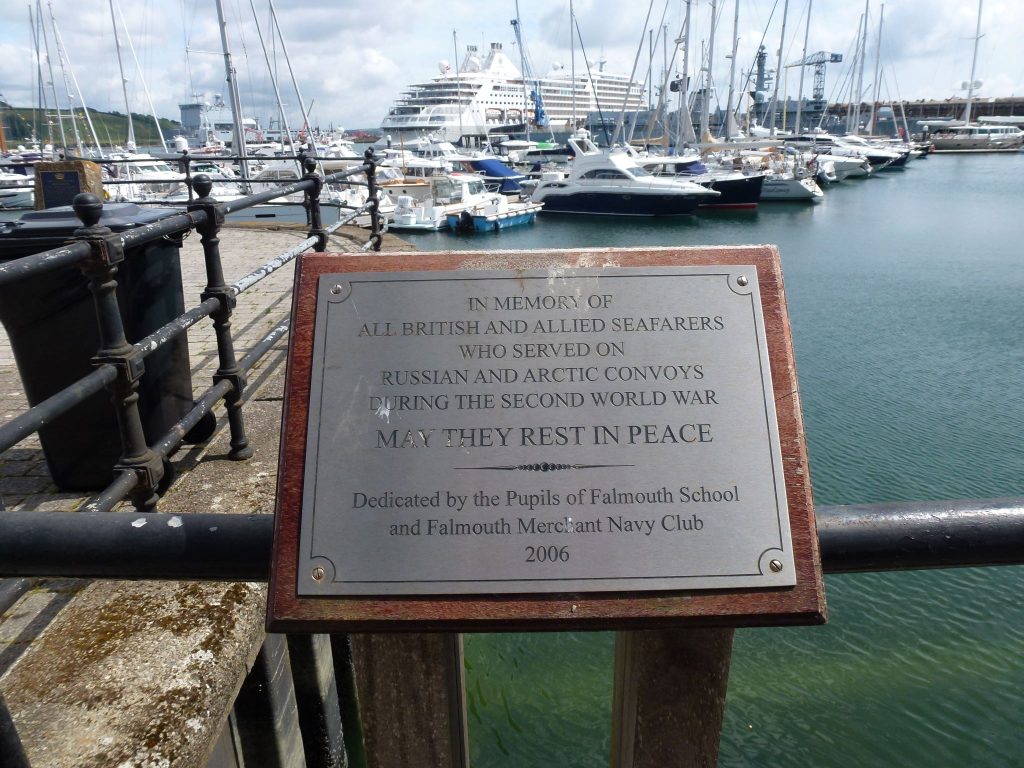
Russian and Arctic Convoys Memorial at Discovery Quay, Events Square, Falmouth ©LM Vosper
On 22 June 1941, Operation Barbarossa, Hitler’s planned invasion of the Soviet Union, was put into action. The Soviet leader, Joseph Stalin requested assistance from Britain and her allies to provide supplies. The most direct route was by sea, around occupied northern Norway. The Arctic Convoys were Merchant Navy ships that were escorted by Royal Navy, Royal Canadian Navy, and United States Navy warships and air cover that transported millions of tons of supplies and munitions from the UK to Arkhangelsk (Archangel) and Murmansk in the Society Union through dangerous Arctic waters.
The first convoy sailed in September 1941. There were 78 convoys between this date and May 1945, with periods of no sailings during several months in 1942, and in the summers of 1943 and 1944.
As well as facing the constant possibility of attack from German U-boats, the men who sailed on these ships faced some of the toughest weather conditions of the war. Ice was a significant problem for the ship’s crew since its weight could capsize the vessel if it was not chipped off. Conditions were among the worst faced by any allied sailors. The loss rate for ships was higher than any other allied convoy route. By the end of the war, 104 Merchant vessels were lost. The Royal Navy lost 24 warships, and overall, 3,500 allied servicemen lost their lives.
Sir Winston Churchill, Prime Minister at the time, described the Russian Arctic Convoys as “the worst journey in the world”.
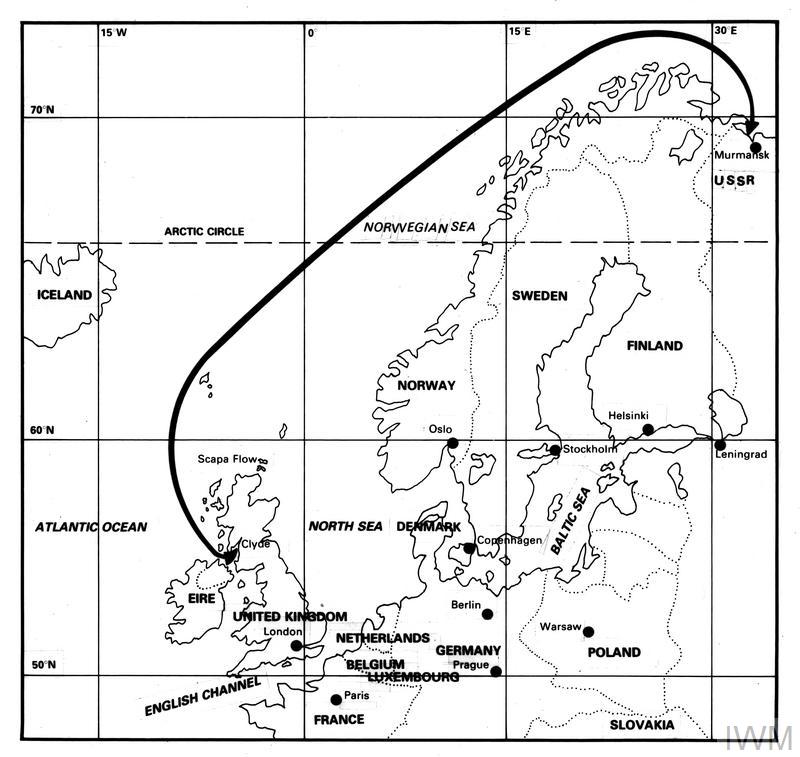
Route taken by the Arctic Convoys of World War II ©Imperial War Museum
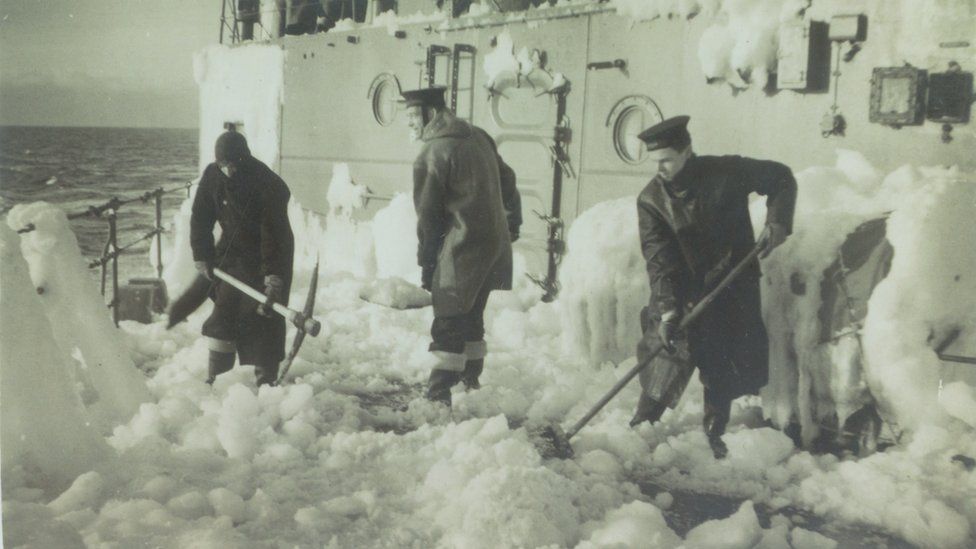
(Image shown at an exhibition at the National War Museum in Edinburgh Castle, 2013).
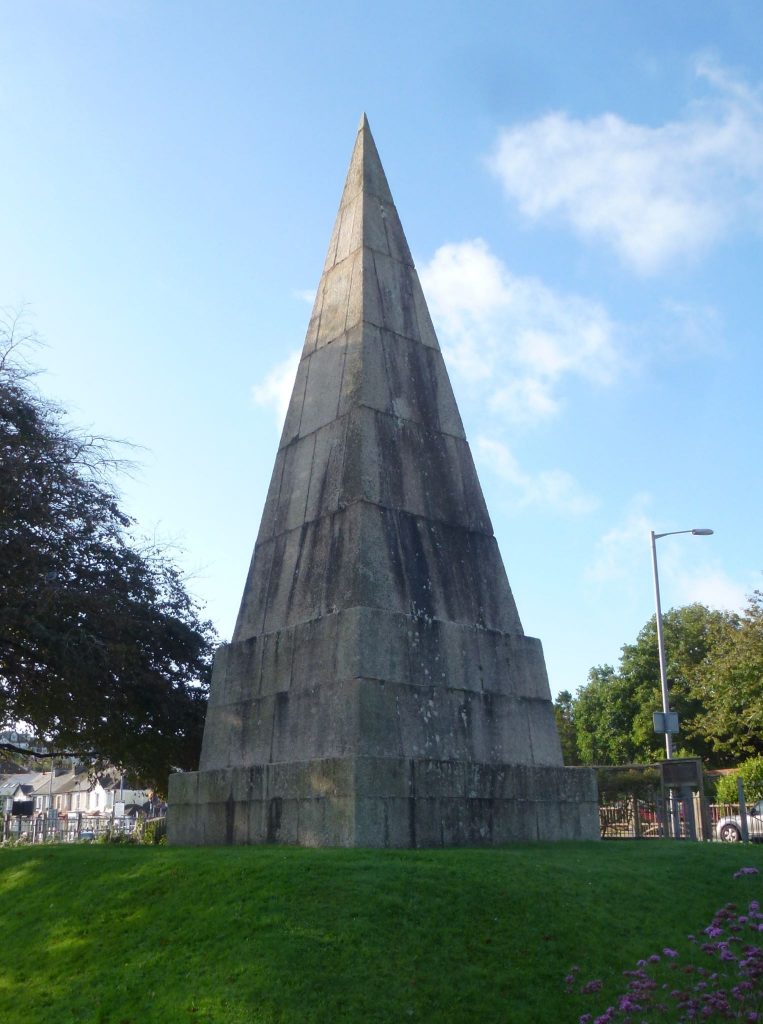
The Killigrew Monument, Grove Place ©LM Vosper
The Killigrew Monument at Grove Place, Falmouth is a Grade II Listed Building listed by Historic England on 10 September 1968. It can be found opposite Arwenack Manor on Falmouth’s harbour front and is a dressed granite steep pyramidal obelisk, 44-feet high on a stepped square-on-plan base. The original cost was £455 1s 11½d. It was erected by Martin Lister Killigrew of Arwenack and is assumed by many to be a memorial to the Killigrew family, although there is no inscription anywhere on the pyramid to confirm this. The monument was erected in 1738 by Martin Lister who took the Killigrew family name after marrying Anne Killigrew with the hope of continuing the line, but Martin Lister Killigrew died without an heir. It was re-sited for the second time in 1871.
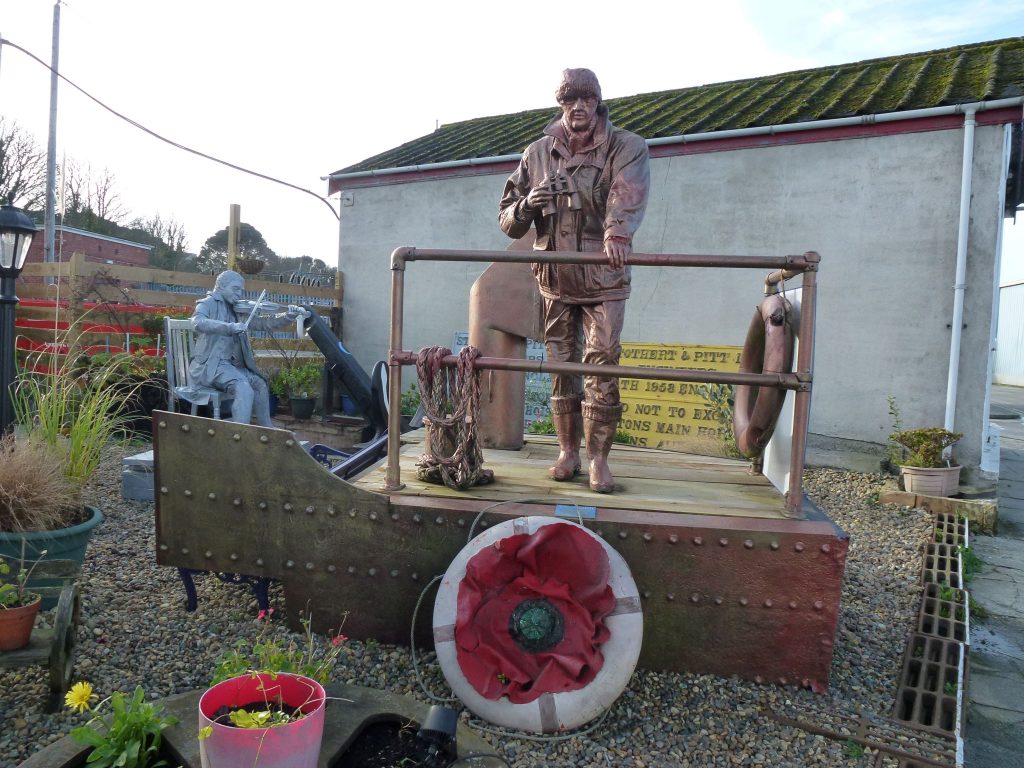
U-Boat Watch, a Memorial to WWII Merchant Navy Seamen ©LM Vosper
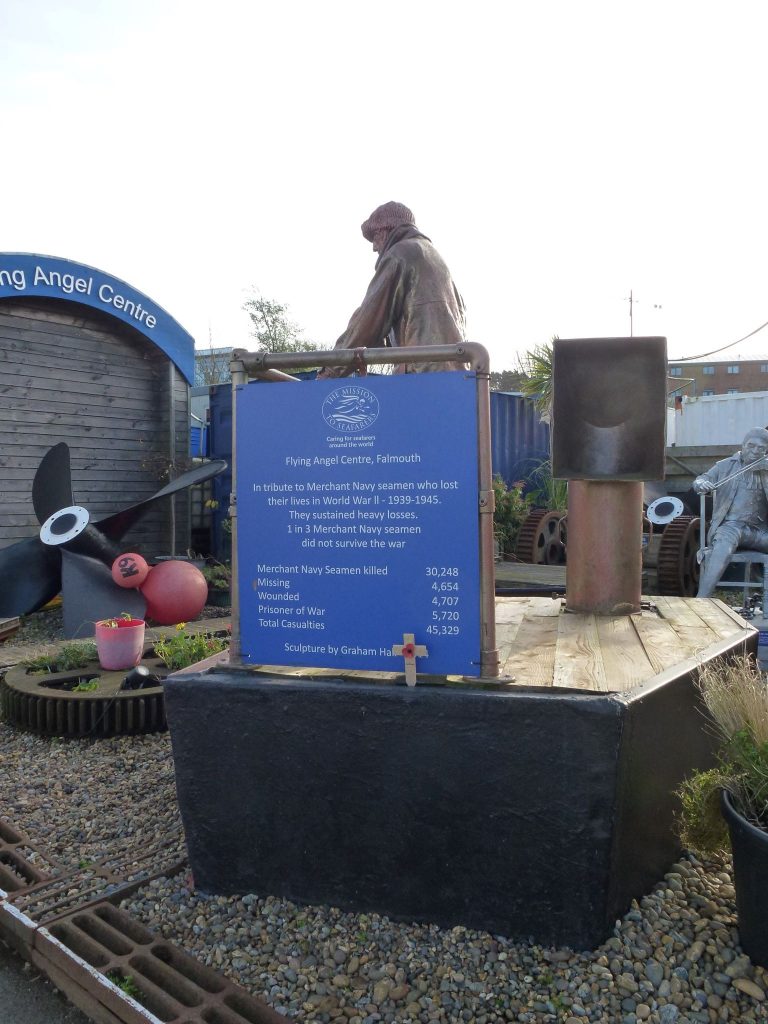
Accompanying plaque to the Memorial to WWII Merchant Navy Seamen ©LM Vosper
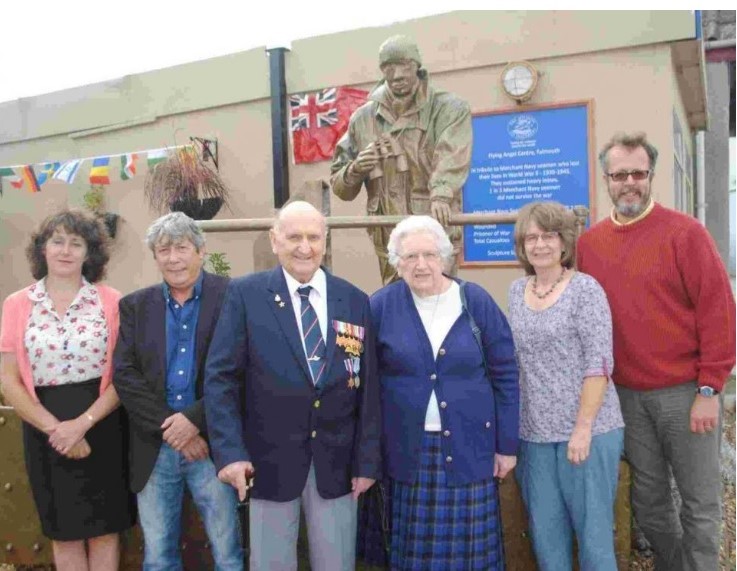
The Memorial was unveiled by 94-year-old Rex Little, a veteran of the Arctic Convoys, and a recipient of the Arctic Star Medal, photographed with his family, Penny Phillips, chairman of the Falmouth branch of the Mission to Seafarers and Graham Hall, the sculptor and volunteer with the Mission to Seafarers. (Falmouth Packet newspaper 21 October 2014).
The Bartlett Blog is written and produced by the volunteers who staff The Bartlett Maritime Research Centre & Library of National Maritime Museum Cornwall. Falmouth Harbour’s Monuments and Memorials – Part 2 was written by Lynne Vosper, a Bartlett Library volunteer.
The Bartlett Maritime Research Centre & Library holds a Collection of over 20,000 volumes and offers access to one of the finest collections of maritime reference books, periodicals and archival material. The Bartlett Blog reflects the diversity of material available in The Bartlett Library.

National Maritime
Museum Cornwall Trust
Discovery Quay
Falmouth Cornwall
TR11 3QY
View Map
See our opening hours
Tel: +44(0)1326 313388
Email: enquiries@nmmc.co.uk